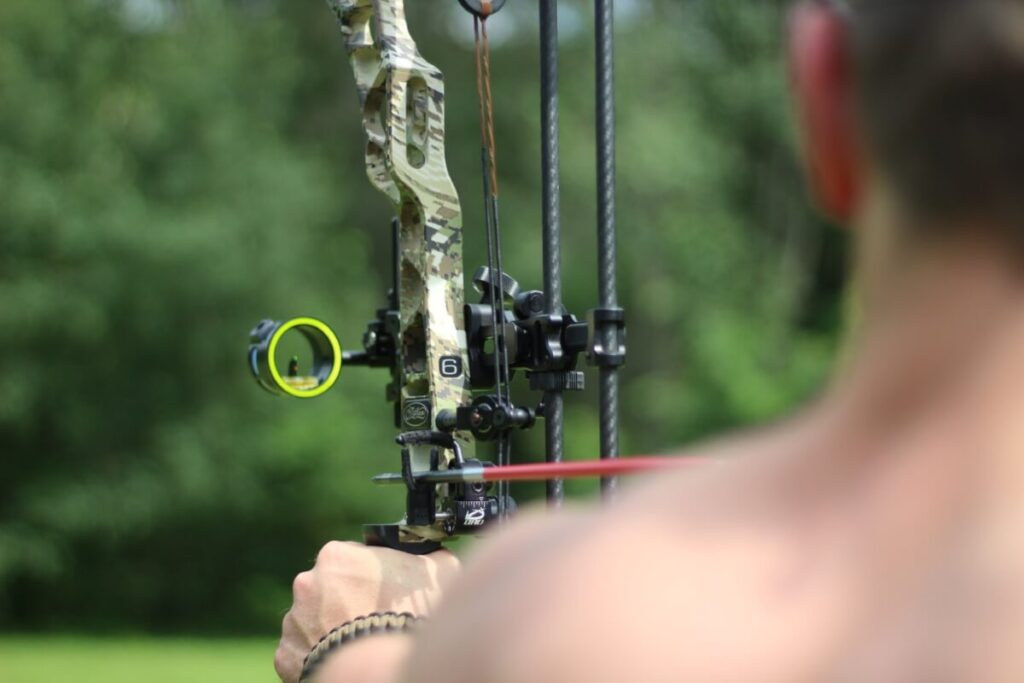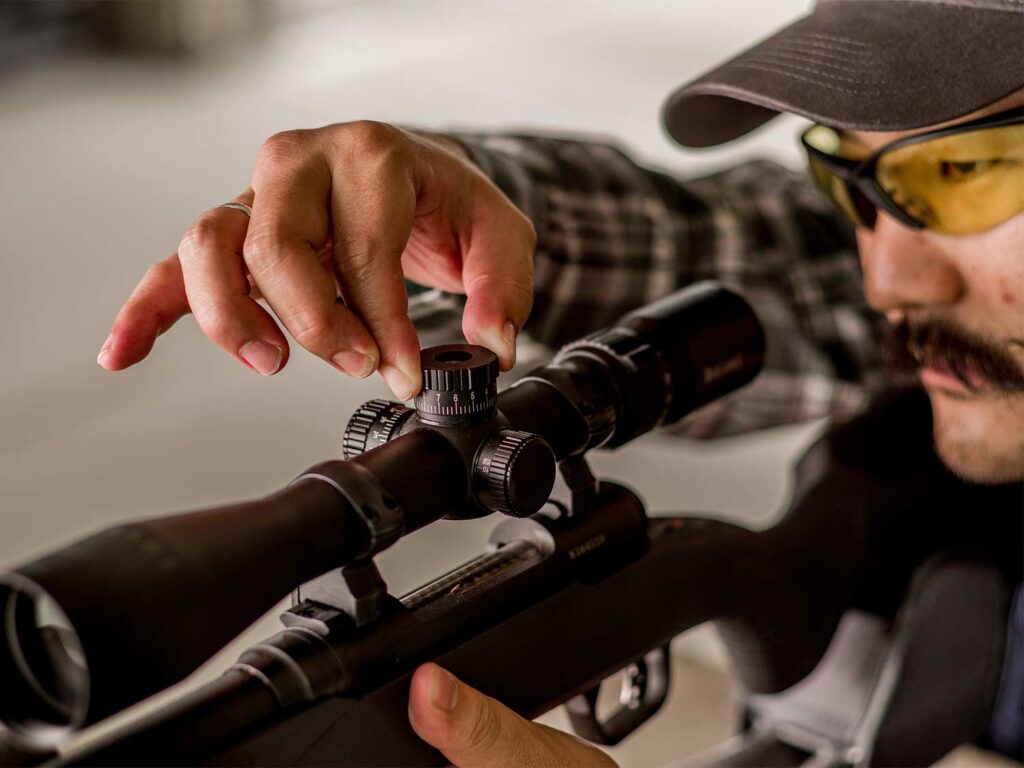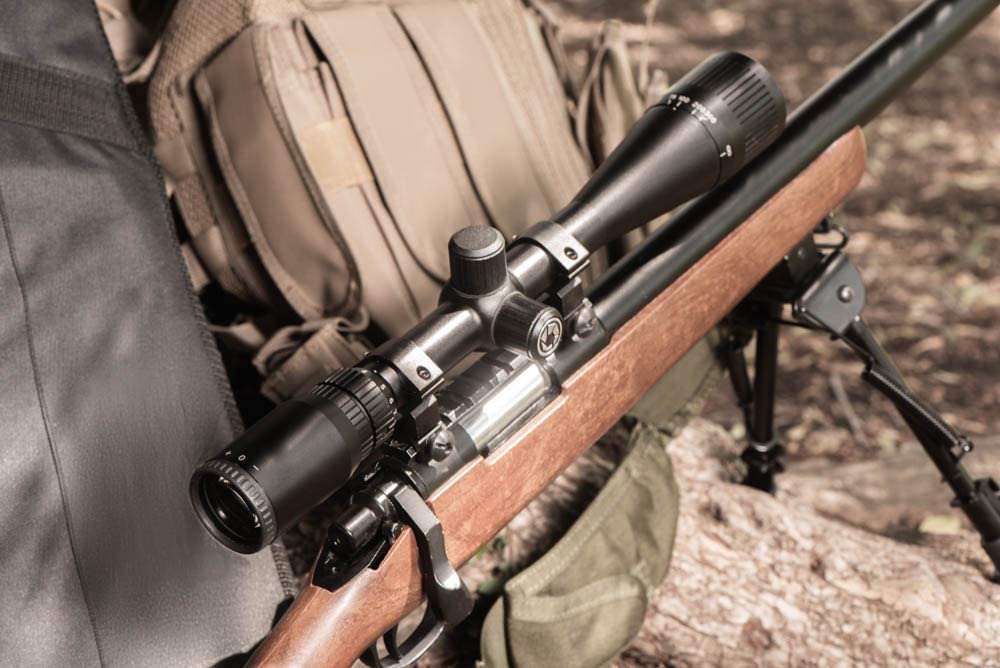

Reflex sight vs. red dot is a popular concern for anyone who owns a rifle. Is one better than the other? The facts behind this debate are quite surprising. There are 3 main types of red dot sights and reflex sight is one of them. Simply put, all reflex sights are red dots. So, what is a red dot? It is a term used to refer to any type of weapon optic that uses a red dot as an aiming point. Most people confuse an exposed reflex sight for a red dot.
In this article, you will get to know more about reflex sight and red dot sights, their similarities, and differences. You will also establish the one that is best for you. While at it, you will also get some important insights on yet another common question; the reflex sight vs. red dot vs. holographic.
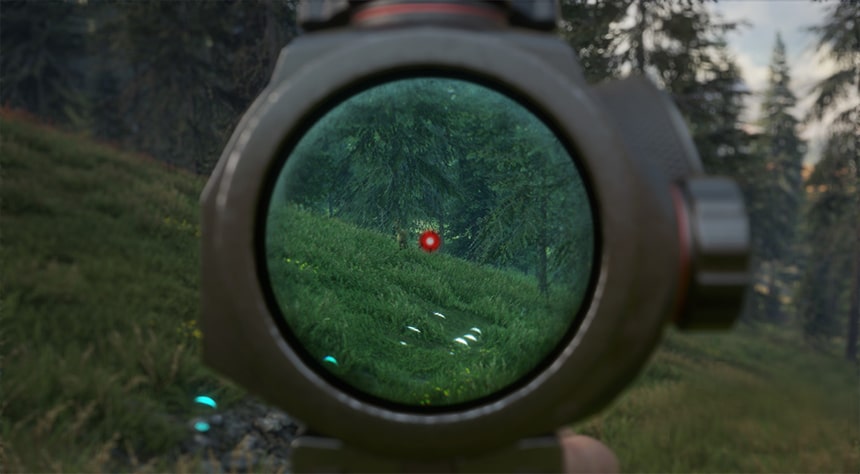
A red dot sight, is a technology that allows a shooter to shoot their target in the most natural way possible with both eyes open. When you (the shooter) are focused on the target and you bring the red dot sight on view, your brain notices the red dot on them through the sight’s lens. Quite simply, if the red dot is on the target then you’re on target.
Most people assume that the dot has to be centered on the sight to accurately hit the target. This isn’t necessary, as long as you are well-zeroed.
Red dots are made without optical distortion or magnification. They don’t project the red dot onto the target like lasers. Instead, only the shooter can see the red dot on their target. They produce an LED light that is safer for your eyes than a laser.
Red dot sight is often confused with an open heads-up display sigh. It is an all-catch term for 3 different types of reflex sights including; prism sights, reflex sights, and holographic sights. The Heads-up display sight is a type of reflex sight and it has an iconic rectangular window with a red dot in the middle.
Most of these sights don’t even use a red dot. They use a green dot or any other color without the dot shape. The point is, they give some type of illuminated electronic image that acts as your aiming point and it doesn’t necessarily have to be a red dot.
So, why would you use a red dot sight?
· It is the best for fast and accurate target acquisition. Red dots have been proven to be the fastest type of aiming reticle that offer the greatest probability of hitting a moving target. They allow you to remain focused on your targets easily.
· They are affordable
· They can be used with iron sights
· They offer a first shot advantage
· They are compact and lightweight
There are 3 types of red dot sights and they all work differently.
Prismatic sights, or prism sights, are short tube-style optics that are very similar but more compact than the traditional rifle scope. They use prisms to focus the image instead of multiple lenses hence their small size.
Prismatic sights have dual illumination and their reticle can be seen even when the illumination is off because it is laser etched into the glass. Some of the drawbacks of the prisms compact size are; lower levels of magnification, and a very small eye relief.
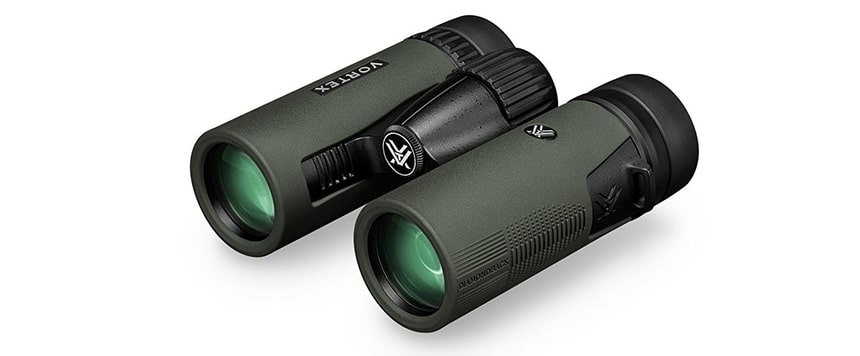
For you to see a clear picture with prisms you must move very close up. They are perfect for shooting at moderate distances or even farther and the worst for short-range shooting because they are too slow to re-acquire the target. It is their closed design with a less forgiving eye box that makes them take too long to re-acquire a target.
On the flip side, if you have astigmatism, you are better off using prismatic sights than reflex sights because of their physical reticle design. Plus, you are likely to have a diopter to work with.
The Vortex Diamondback HD 8x32mm Roof Prism Binoculars is the most popular gadget that utilizes prismatic sights. The prismatic sights make it the best binoculars for viewing crystal clear images of objects from a long distance.
Reflex sights work like a mirror. Their aiming point is projected forward onto a lens that reflects it back, allowing you to see the red dot. There are 2 types of reflex sights; exposed reflex sights and tube sights.
An exposed reflex sight has only one lens at the front of the scope. The lens reflects back the red dot that you see. This sight has an open design without eye relief, thus, you can acquire your target very fast.
A tube reflex sight on the other hand has 2 lenses and looks like a typical small scope. The light is projects from the back lens and reflected by the front lens. It also doesn’t have eye relief and acquiring targets with it is much easier and quicker than most sights except the exposed reflex sight.
Reflex sights are great for shooting in closed quarters because they are not magnified. Thanks to their lack of eye relief, you can shoot with both of your eyes open and your head anywhere and still get a very clear image. They also tend to be more affordable than other sights and they can be battery-free.
The only drawback of reflex sights is that they are not magnified, although some are sold with a paired scope without an aiming point. If you are an average rifle user, a reflex sight is the best you can get because it is highly versatile. You can use it for various weapon applications like hunting and home defense.
The Trijicon RMR Type 2 6.5 MOA Adjustable Red Dot Sight is one of the most popular reflex sights out there. It is specially designed to improve accuracy with any type of firearm. The lightweight yet robust sights come in a rugged aluminum housing that guarantees unparalleled durability. The red dot sight is incredibly versatile as you can use it for various applications including hunting and military.
These are sights with a rectangular shape and have a field of view that matches their shape. They also have a tiny aiming reticle that’s perfect for precise shooting.
Thanks to the wide field of viewing, you can aim with both of your eyes wide open and acquire targets fast. In fact, it has the fastest target acquisition among all sights because unlike the other sights, it stays in focus while you look downfield outside of the scope. This also makes target reacquisition pretty fast and easy.
Holographic sights use a laser and a series of mirrors to provide a red dot aiming point. Another cool thing about holographic sights is that they can still work even if the front lens’ quality is compromised or damaged. This is impossible with other red dot sights.
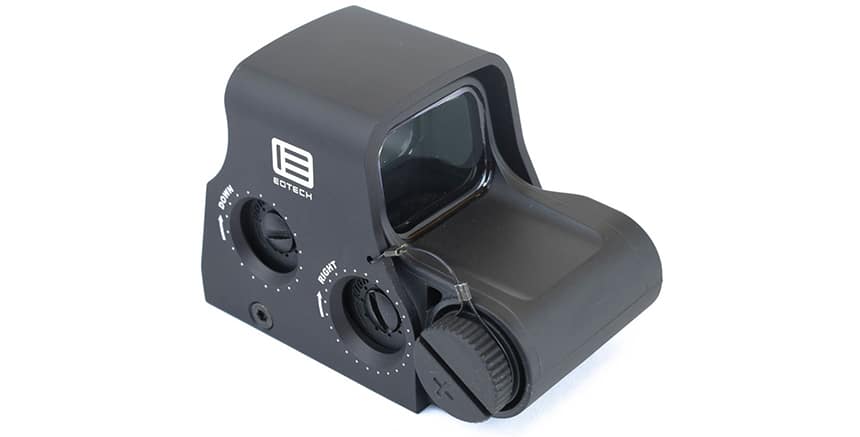
All the cool features and capabilities of the holographic sights come at a price. They cost a pretty penny compared to the other sights. They are also not very popular, only 2 companies are producing them currently, which is a huge contributing factor to their hefty price point.
The Eotech XPS3 Transverse Circle Dot Reticle Red Dot Sight is a popular holographic sight that has won the hearts of many top reviewers and users alike. It is compact, lightweight and incredibly fast with 3 reticle options. It also has a longer battery life compared to many other models within its range.
This far, you should be able to tell the few differences between red dot sights and reflex sights. Red dot is just a generic term after all. Here are some of the common features of a red dot sight.
The traditional reticle design is the dot. The dot comes in a wide range of sizes from 1MOA (Minutes of Angle) to 12 MOA.
Small sizes are usually preferred for long-range shooting rifles because they are less likely to obscure vitals on a target to achieve tight groupings. The large size on the other hand, are preferred for short-range shooting where speed is the main goal.
This far, you should be able to tell the few differences between red dot sights and reflex sights. Red dot is just a generic term after all. Here are some of the common features of a red dot sight.
The traditional reticle design is the dot. The dot comes in a wide range of sizes from 1MOA (Minutes of Angle) to 12 MOA. Small sizes are usually preferred for long-range shooting rifles because they are less likely to obscure vitals on a target to achieve tight groupings. The large size on the other hand, are preferred for short-range shooting where speed is the main goal.
Reflex sights vs red dots, which one should you go for? Well, Red dot is just a generic name after all. All reflex sights are red dots, just like holographic and prismatic sights. Another surprising fact is that not all red dots are red dots. They are all called red dots for simplicity. A red dot comes in handy for any average or expert shooter in any field, from close-range hunting and home-defense to competition shooting and law enforcement.
Reflex sights will allow you to acquire your target easily with both of your eyes open because they don’t feature an eye relief. You can choose either the tube or the exposed reflex sight. If you think reflex sights are not your thing, then you can go with prism sights which are more compact, accurate and perfect for shooting moderate distances. You can also choose the rare holographic sights which are more expensive but the fastest at acquiring targets.
